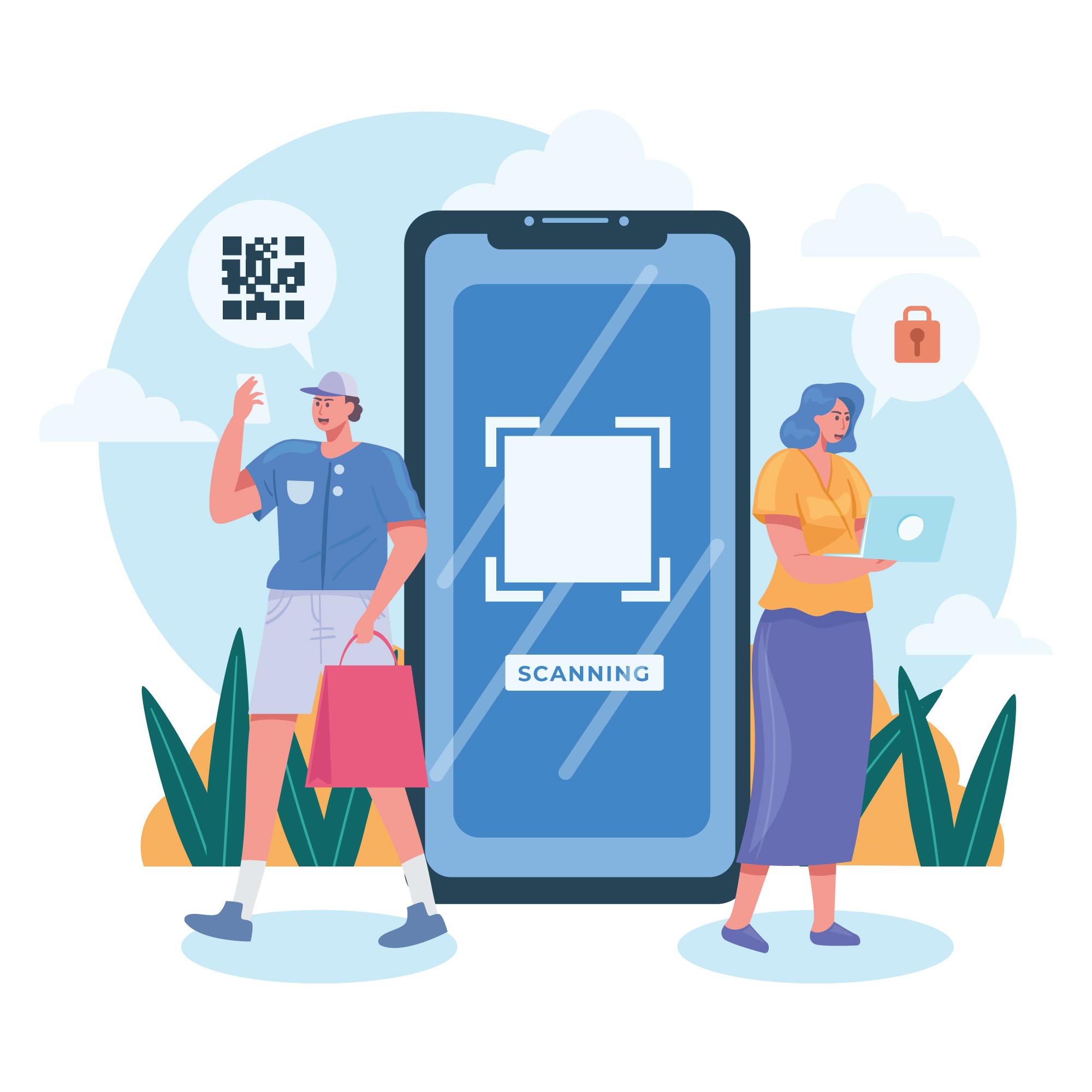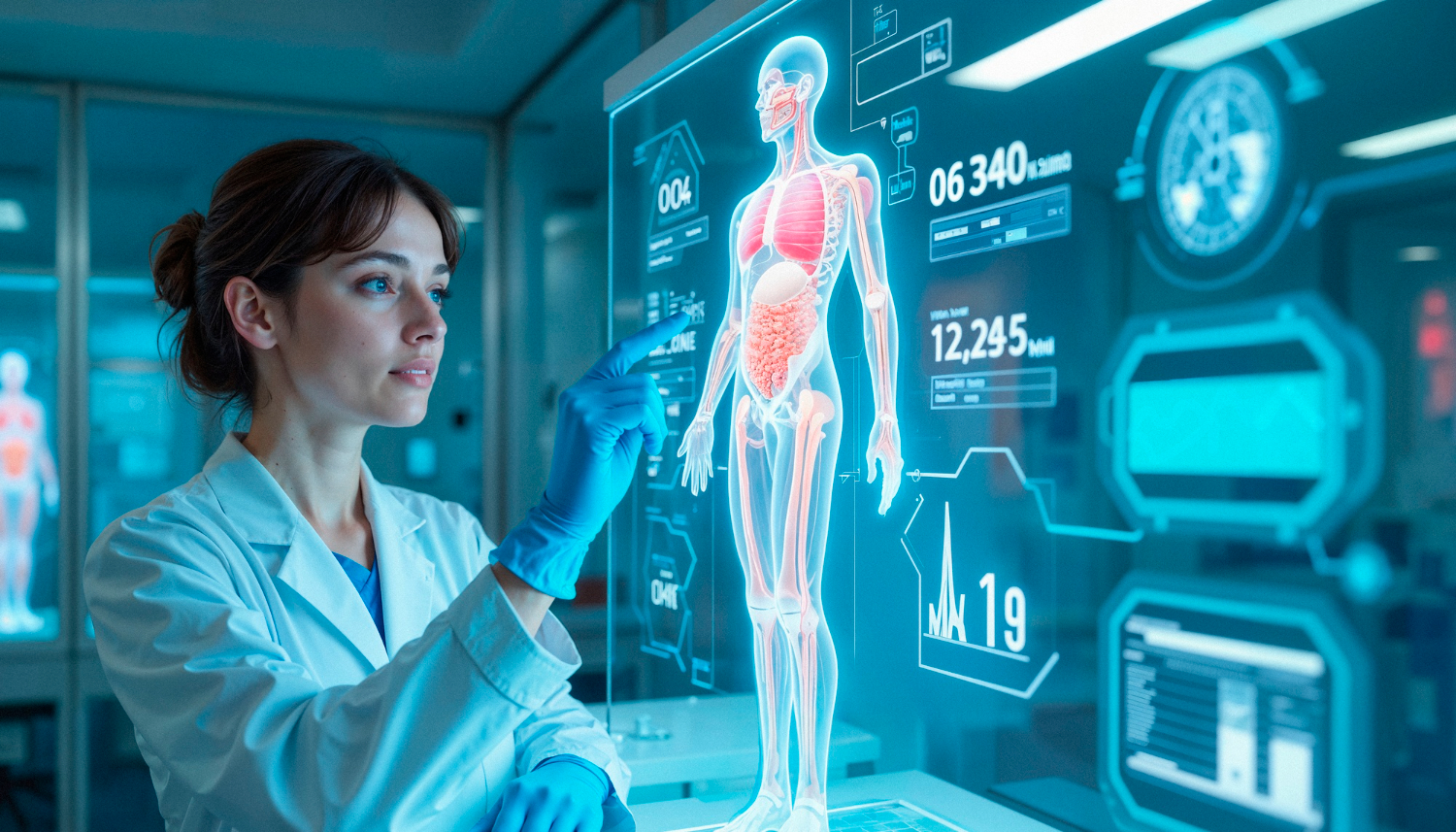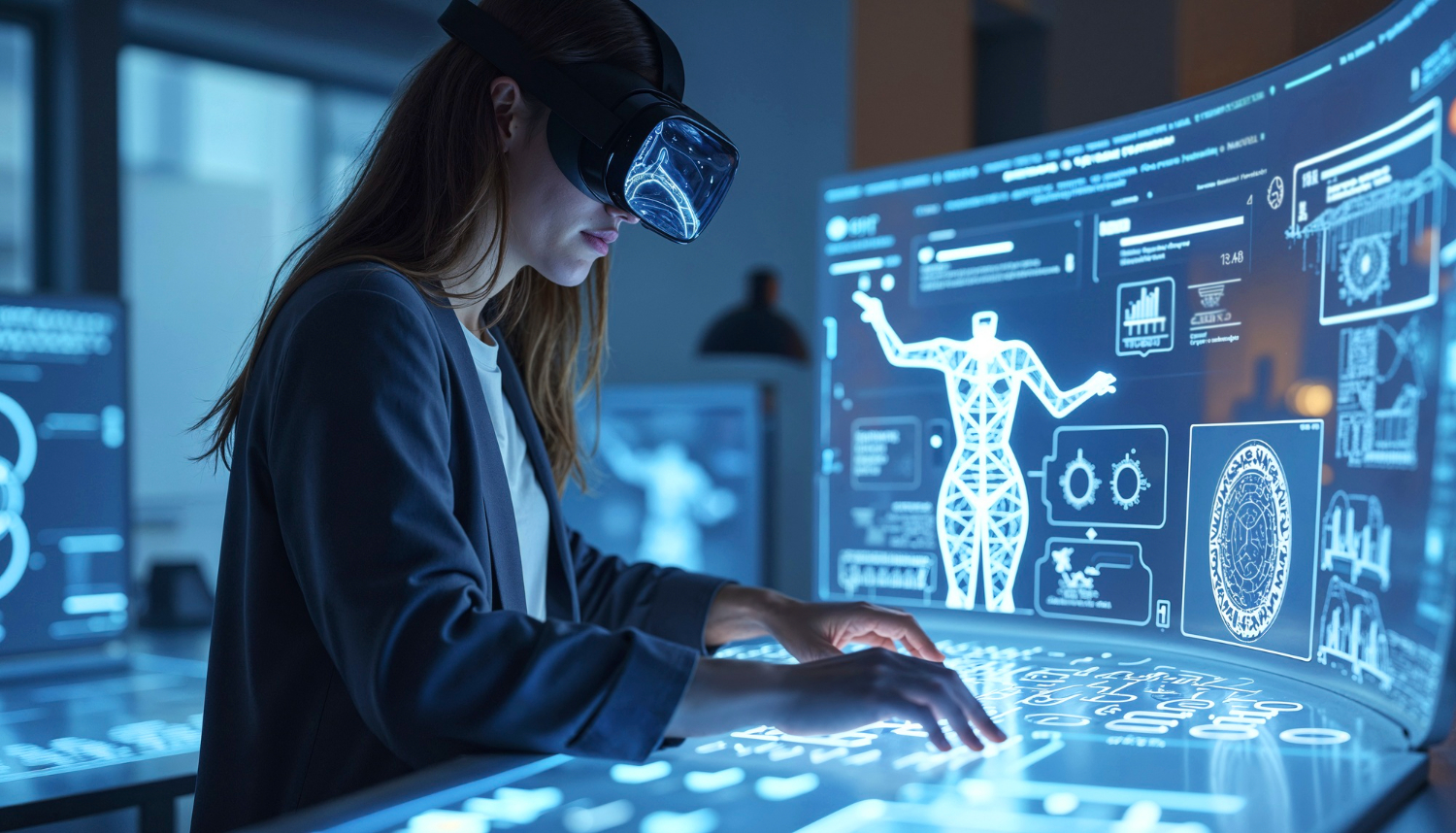Introduction
If we asked Google to define Augmented Reality (AR), the answer would be ‘technology that superimposes a computer-generated image on a user’s view of the real world, providing a composite view’. Similarly, an exact definition of Quick Response codes (QR codes) would be ‘a type of two-dimensional barcode that can be scanned by the camera of a mobile device, such as smartphones and tablets, allowing quick access to different information’. QR codes have simply transformed the way we interact with the physical world. A small and simple print, such as a QR code, can store a lot of information, from website URLs to contact details and restaurant menus, leading to faster information transfer and environmental friendliness. However, what happens when we pair it with AR technology?
The Rise of AR and QR Codes
QR codes 101
Let’s start by explaining how QR codes work and how they are different from barcodes. Barcodes have been used since the 1970s, although the technology was patented approximately 20 years earlier. Barcodes work flawlessly with great responsiveness and are used in almost every commercial product, from chewing gums to clothing. The idea behind them is that they have horizontally stacked thick and thin bars that represent characters. Think of it as a sort of Morse code. A drawback of them is the limitation in the information stored because they are read-only horizontally. QR codes (first released in 1994), on the other hand, are two-dimensional, which means that they can store more information; plus, they do not have a specific orientation and do not need a dedicated QR code scanner to show their secrets. A QR code is a gateway, and it can be used instead of a traditional menu in restaurants, reducing the carbon footprint and waste on every menu revision or replacement; it can be used for document authentication in government agencies, in commercial products instead of barcodes, as access keys for restricted areas, or complementarity to barcodes on packaging to provide the client with more information on the brand or the product itself. The best part is that QR codes work on all operating systems!
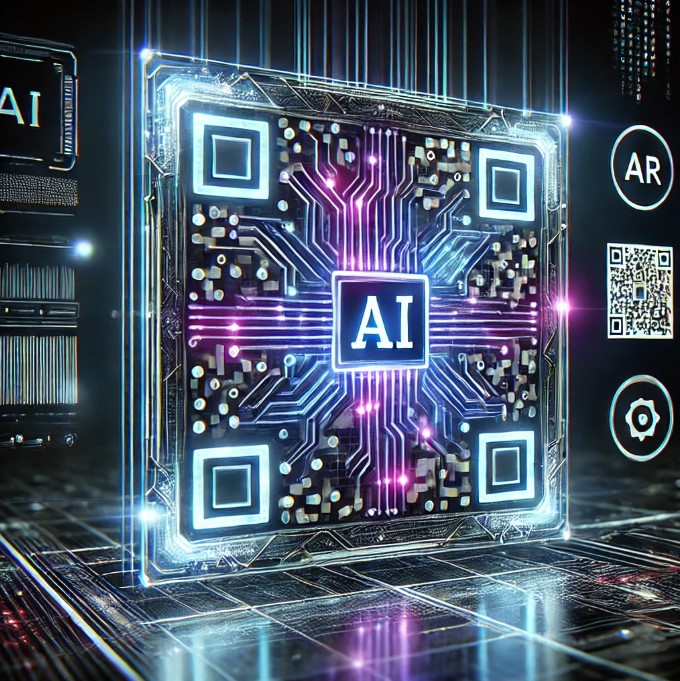
Continuing, have you realised the changes AR technology has brought? We already gave its definition at the beginning of this article, but how is that translated into life applications in a few words? Briefly, AR technology uses cameras and sensors that collect information from the environment. Using specialised software, this information is encoded into data and analysed to project relevant content in real time, making the digital-analogue reality more immersive and engaging. In contrast to Virtual Reality (VR), AR does not necessarily need any gear placed on the customer. It can be an interactive screen, a smart mirror, or a projector to create surface overlays.
Convergence of AR and QR Codes
Could we merge the two technologies in common applications or in ways that combine them? As we said before, QR codes are gateways. Think of the QR code as a door, and scanning it is the key to unlocking it. When you enter the room behind the door, you will find different objects—different types of information, if you will.
By incorporating generated QR codes into AR applications, we can enhance the overall experience significantly. This enrichment could be ‘apps inside the app’, new interactive elements, 3D models, or just overlay elements that are not active but are mostly decorative and make the experience more realistic. Such an implementation could mean a more seamless transition from real life to the digital, i.e., going shopping with virtual try-ons or in education by creating life-like figures of historic personalities. Receiving lessons from school teachers is already great, but it is cooler to receive them from the hero of the story itself, isn’t it?
Now, pay attention because not all QR codes are identical. They are divided into three plus one (hold that thought) distinct types:
Starting simple, we have static QR codes. These are the least advanced ones, and as their name suggests, once you generate them, there is little to nothing you can do. Static QR codes store fixed information, such as the links to URLs we mentioned earlier or historic exhibits that will remain unchanged. Despite the fact that they might seem limiting, static QR codes are the best option for permanent stuff, as they do not need a database or a server connection.
Moving on to the more complex, we have dynamic QR codes. These allow for real-time updates, and they make an ideal candidate for changing AR experiences. Their great advantage is that they can be reused without the need to reprint or regenerate them. They are ideal for evolving experiences.
The last and most exciting category is high-resolution QR codes. High-resolution QR code images offer the most clarity yet are harder to generate, possibly needing GPU acceleration. This category provides great scan accuracy and is excellent in low-light conditions and industrial applications, where precise tracking is a necessity, or even in art, where they blend into designs to pair functionality and taste.
Applications and Use Cases
Commercial
The use of QR codes has been extended to the world of clothing and furniture. For example, Bershka has combined its powers with ffface.me to offer the world AR-powered virtual try-ons of their ‘Wearable Art’ collection. The garments have QR codes that, when scanned, activate digital content and filters on TikTok or Snapchat, adding digital elements to existing apparel and offering uniqueness to consumers (FFFACE, n. d.). Now, this is a social media campaign!
IKEA, on the other hand, has introduced its audience to the ‘Place’ AR app. You walk through IKEA or go through the catalogue and find a product that you like, but you are not sure how it will blend with your space? No worries, friend. ‘Place’ places digital twins of products in your room through the screen of your mobile phone and scales them according to the dimensions of your room with 98% accuracy! They claim that the software is so advanced that you will even be able to see the texture of the fabric and how light and shadows fall on it in real time (IKEA Global, 2017).
Read more: How AR and AI Redefine Virtual Try-On in E-Commerce
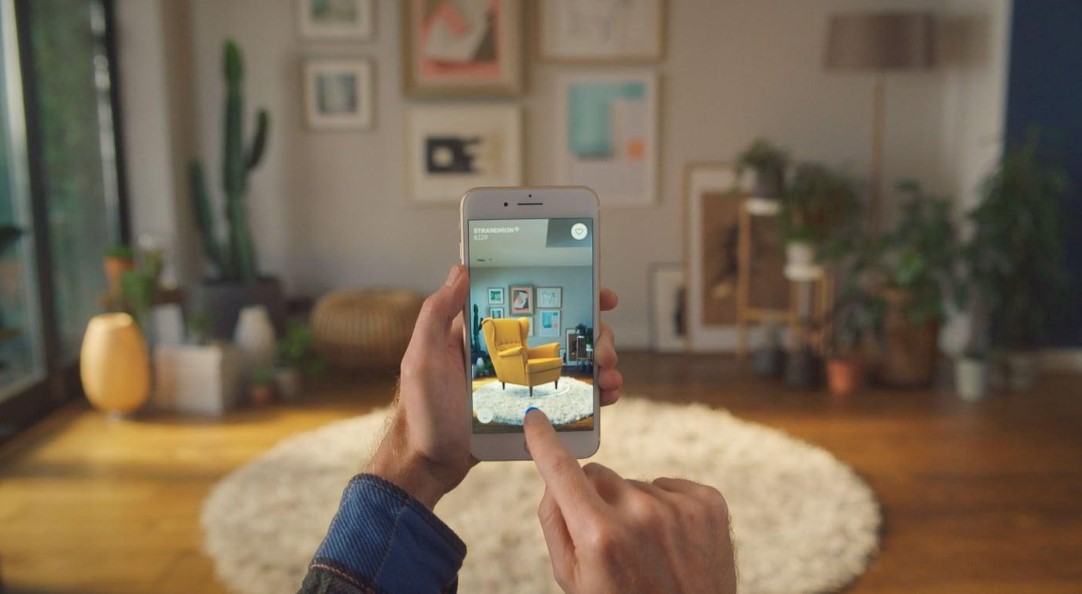
Education
Many museums have implemented QR codes on their tours to give visitors more information about the exhibits or artists, creating an immersive experience using AR technology. Examples include the London Paradox Museum, the Smithsonian Institution, and the Art Gallery of Ontario (Hegde (2024)), yet even remote museums with high latency could adopt this approach using Internet of Things (IoT) Edge Computing. Interactivity is sought after everywhere nowadays, so investing in pro-level localised infrastructure could be a game changer for many museums.
Industry
But even in the industry, integrating Computer Vision (CV) with Augmented Reality (AR) and QR code technologies is a recipe for success. CV is excellent for pattern recognition, real-time detection, and even multiple object tracking. GE Aviation has already embraced this approach to help workers assemble aircraft engines. Using smart glasses equipped with AR capabilities, technicians receive hands-free instructions overlayed directly onto engine components by scanning QR codes in a real-world environment, which reduces reliance on traditional manuals, making assembly faster and more reliable (Eckert, Spiess, 2022).
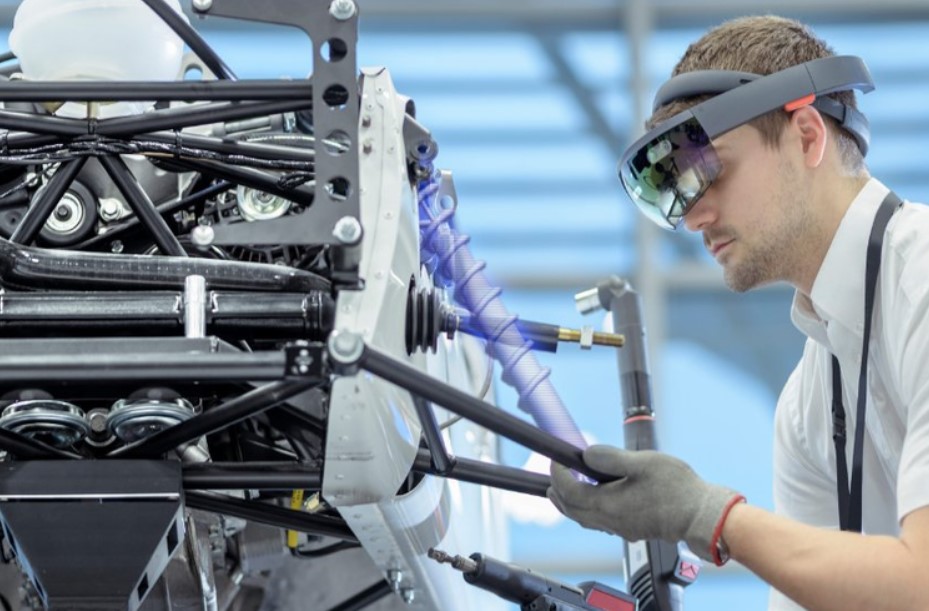
Lifestyle and Gaming
If you think we are done, think again. Gaming couldn’t be absent from our list today, especially when combined with fitness. Interactive games such as ‘The Walk’ offer a unique mixed reality experience by combining AR and QR codes. ‘The Walk’ encourages users to walk while keeping them engaged through an interesting storyline. As they walk, they can scan QR codes within the game to unlock new tasks and game chapters. Can you think of other video games that do that?
Read more: How XR Glasses are Boosting Gaming
Technological Solutions
Generative AI
Remember when we asked you to ‘hold that thought’ when explaining each type of QR code? Here is the payoff. Dynamic QR codes are already great, yet can we make them smart? Generative AI is here to create QR codes that adapt based on user behaviour, location, and action history. They can be visually appealing, provide adaptive content, and even act as gateways to pages and content customised according to demographics, making campaigns more efficient!
Summing Up
We saw how one simple thing can make our lives much easier, especially when implemented in the right application. QR codes are powerful and, when paired with AR, they can shake our reality to the core. We have a wide range of applications, from education, retail, and marketing to industrial and lifestyle applications. Their combination has already enriched our lives in so many ways, and surely this is not the end.
What We Offer
At TechnoLynx, we know the usefulness of QR codes, especially when they pair with AR. We have our sole purpose of providing custom-tailored solutions for every need, made on demand, from scratch, and specifically designed for every single project, regardless of the field of application. We are committed to providing cutting-edge solutions, analysing large data sets, while at the same time addressing ethical considerations, never sacrificing safety in human-machine interactions.
Our solutions include precise software development, empowering many fields and industries using innovative algorithms. We are constantly evolving and adapting, as is the technological landscape. We do everything necessary to improve the accuracy, productivity, and efficiency of any project while at the same time reducing costs. The only thing between us at the moment is our Contact Us page. Tell us what you need, and watch your project fly through the roof! We will make it easy for you. Just scan the QR code that follows!

List of References
-
Eckert, Spiess (2022) – Augmented Reality Goes to Work on the Factory Floor (Accessed: 16 February 2025).
-
FFFACE (n. d.) – AR Clothing Try-On & Semi-digital Clothing by FFFACE (Accessed: 16 February 2025).
-
Freepik (n.d.) - Qr code scanning concept with characters illustrated
-
Hegde (2024) – QR Codes for Museums: Improve Visitor Experience (Accessed: 16 February 2025).
-
IKEA Global (2017) – Launch of new IKEA Place app (Accessed: 16 February 2025).

